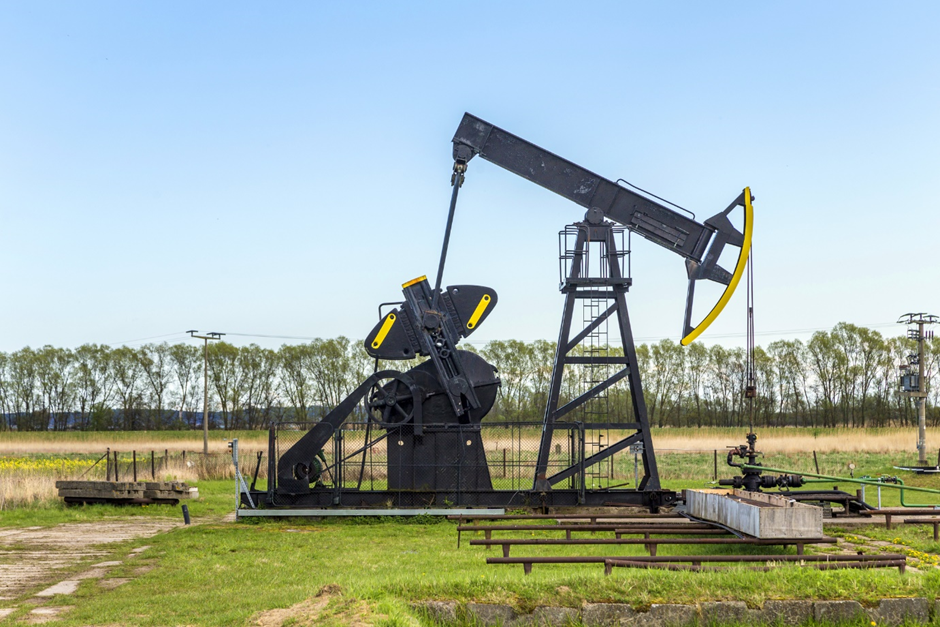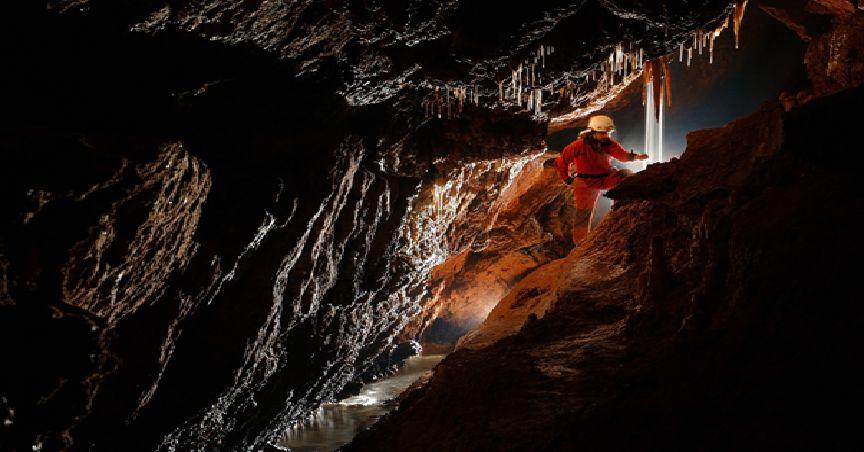Highlights
- Cobre shared that significant visible copper mineralisation was encountered in first diamond drill hole NCP07.
- Chrysocolla and fine-grained dispersed copper sulphides are part of mineralisation.
- Shares of Cobre were zooming 93.88% on ASX, trading at AU$0.095 each at 2.14 PM AEST.
On Wednesday (27 July 2022), Mineral explorer Cobre Limited (ASX:CBE) today (July 27, 2022) shared that significant visible copper mineralisation was encountered in the first diamond drill hole NCP07 at the Ngami Copper Project (NCP) in Botswana.
Chrysocolla and fine-grained dispersed copper sulphides are part of the mineralisation; they are distributed throughout a broad 59-meter span downhole, with an increase in abundance in the lower 10 metres.
Following the news, shares of Cobre were zooming 93.88% on ASX, trading at AU$0.095 each at 2.14 PM AEST.
In order to determine the extent of the anomalous chalcocite mineralisation encountered in historical hole TRDH14-16a (2m @ 1.8% Cu and 8 g/t Ag), NCP07 was created 1km distant along the strike. This proved that the mineralisation expands and thickens out dramatically along the strike.

Image Source: © 2022 Kalkine Media ®
Data Source- Company announcement dated 27 July 2022
NCP07 Results
Drill hole NCP07 is located 1 km southwest of TRDH14-16a, which is a drill hole.
With assay findings of 2m @ 1.8% Cu and 8 g/t Ag, which are deemed abnormal for the KCB and more typical of contacts on the edges of deposits, drill holes 14-16a found vein-hosted chalcocite mineralisation on the contact. An apparent rise in Cu, Pb, and Mo anomalies in the findings of the soil sample is another factor supporting the design of Hole NCP07, which was intended to test the extent of mineralisation to the southwest of TRDH14-16a.

Image Source: © Meinzahn | Megapixl.com
Before striking the sheared contact with the underlying Ngwako Pan Formation at 260.10 metres downhole, NCP07 was drilled through a stretch of steeply dipping D'Kar Formation sandstones and siltstones. From 214 metres to 273 metres, visible mineralisation is recorded, with a notable increase in abundance in the 10 metres above the contact.
The NCP comprises a significant strike of the sub-cropping Ngwako-Pan / D'Kar Formation contact, on which most known KCB deposits occur and is situated close to the northern boundary of the KCB. The project is situated directly east of KML's Kitlanya West licences, which together cover a sizeable chunk of the potential KCB strata.



_07_02_2025_07_09_20_593716.jpg)


